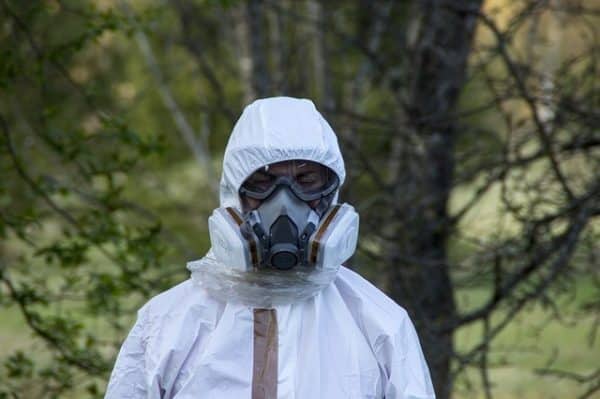If you’re planning a renovation or demolition project this year, you might be wondering when and if you should hire an asbestos specialist. Sadly, all too many landlords make ignorant assumptions about when an asbestos analysis is needed, and the results are often disastrous when contamination is found and proper asbestos removal and abatement procedures are not followed.
Neglect can cause asbestos-related illnesses and ultimately lead to a mesothelioma lawsuit. You can utilize this checklist to assist with decreasing exposure and learn more about following asbestos testing guidelines.
Prior to the Renovation Project, Test For Asbestos
Many property owners and managers believe they are free to disregard asbestos testing standards if their house is less than five years old or was built after the EPA started controlling asbestos. Lead paint was never entirely eliminated from all construction methods. It may appear in a variety of ways, including newer construction.
As a result, the National Emission Standards for Hazardous Air Pollutants (NESHAP), which forms part of the Clean Air Act, mandates asbestos monitoring prior to any construction project, regardless of age or other considerations.
Asbestos Testing Ahead of Demolition Work
NESHAP also includes demolition work, with no exceptions to the requirement that asbestos inspection must be performed in order to proceed, regardless of the building’s age, quality, or other variables. That is unless the facility is structurally deficient and entering it will be dangerous for an inspector. A special provision from the state and county NESHAP compliance agency is required in this case.
Construction materials of any structure, regardless of age, can contain asbestos, which is safe when used properly but dangerous when disrupted, which is why it’s important to learn more about this issue. Previously containing asbestos fibers will enter the environment as dust particles during demolition, posing a risk to staff and others in the region at the time of destruction, as well as anyone who comes into contact with or disturbs the dust afterward.
In Older Buildings, Test For Brittle Asbestos Frequently
Asbestos can be dangerous to building users and staff in a variety of situations, including restoration and demolition. As time passes, numerous aged asbestos-based components, like padding and fireproofing, may become friable (easy to crumble).
It’s imperative to learn more about the fact that simple maintenance or regular repairs may trigger friable materials, releasing toxic asbestos fibers into the air and posing a health risk. As a result, it’s essential to have older buildings tested for asbestos to assess if any asbestos-containing products are now health dangers on a regular basis. If there is a possibility that there could be asbestos in a building you are repairing, you should make sure you have the proper protective equipment and clothing. There are several places online where you can find hazmat suits for sale as well as respirators.
Experts suggest testing before buying an older facility and re-inspections between 6 to 12 months, depending on the presence of asbestos-containing materials. Furthermore, if you also own an older structure that has not yet been assessed, now is a good time to start and learn more about safeguarding yourself and others, especially if you have tenants.
In all cases, investigating and handling a complaint is preferable to ignoring it and risking legal and regulatory implications.






My aunt has been expressing her wish to remodel her antique kitchen this fall but she’s not sure if the structure is solid and safe enough to handle such transformation. Thanks for making us aware of asbestos inspections and how we should put on protective equipment when handling those kind of presence. For me, she should really hire an expert to conduct such procedure first before she proceeds with the project.